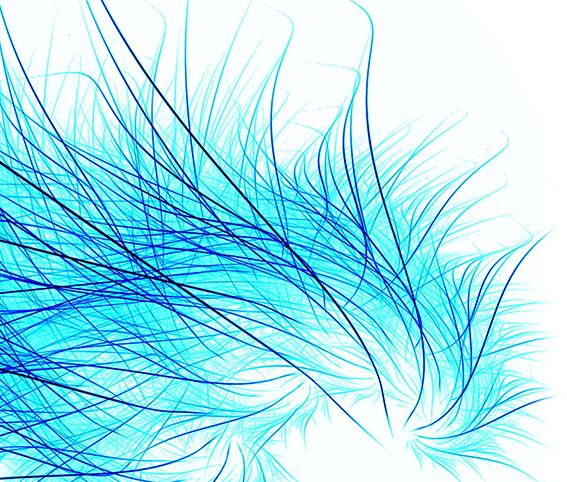Abstract
Matter-radiation interaction is relevant in several industrial applications. Accurate interaction modelling using correct radiation parameters is essential to predict the physical behavior of used materials, such as their fatigue lifetime.
In this article, we present a procedure to investigate the thermo-mechanical effects produced by the particles of an extremely focused beam hitting a material target spot. The work is based on a multi-purpose script created with ANSYS APDL code. The APDL features made it possible to simulate the temperature and the strain of the target based on specific physical parameters, and on the spatial and temporal distributions of radiation beam particles, while also extending the results to a high number of thermal cycles to investigate the fatigue lifetime. The script was developed during the theoretical investigation of the interaction between optical transition radiation (OTR) screens and the electron beams of the ELI-NP Gamma Beam Source facility.
Read the article


